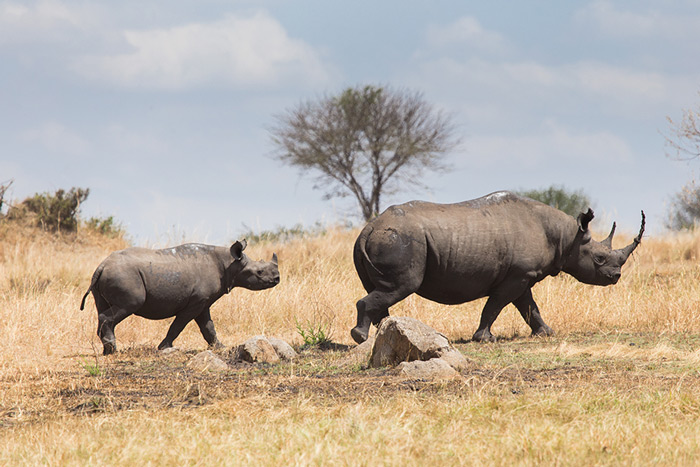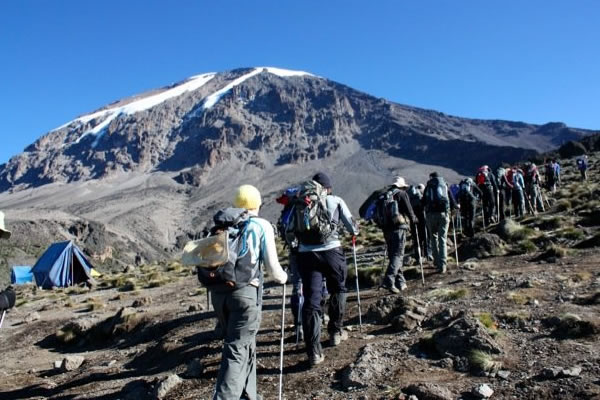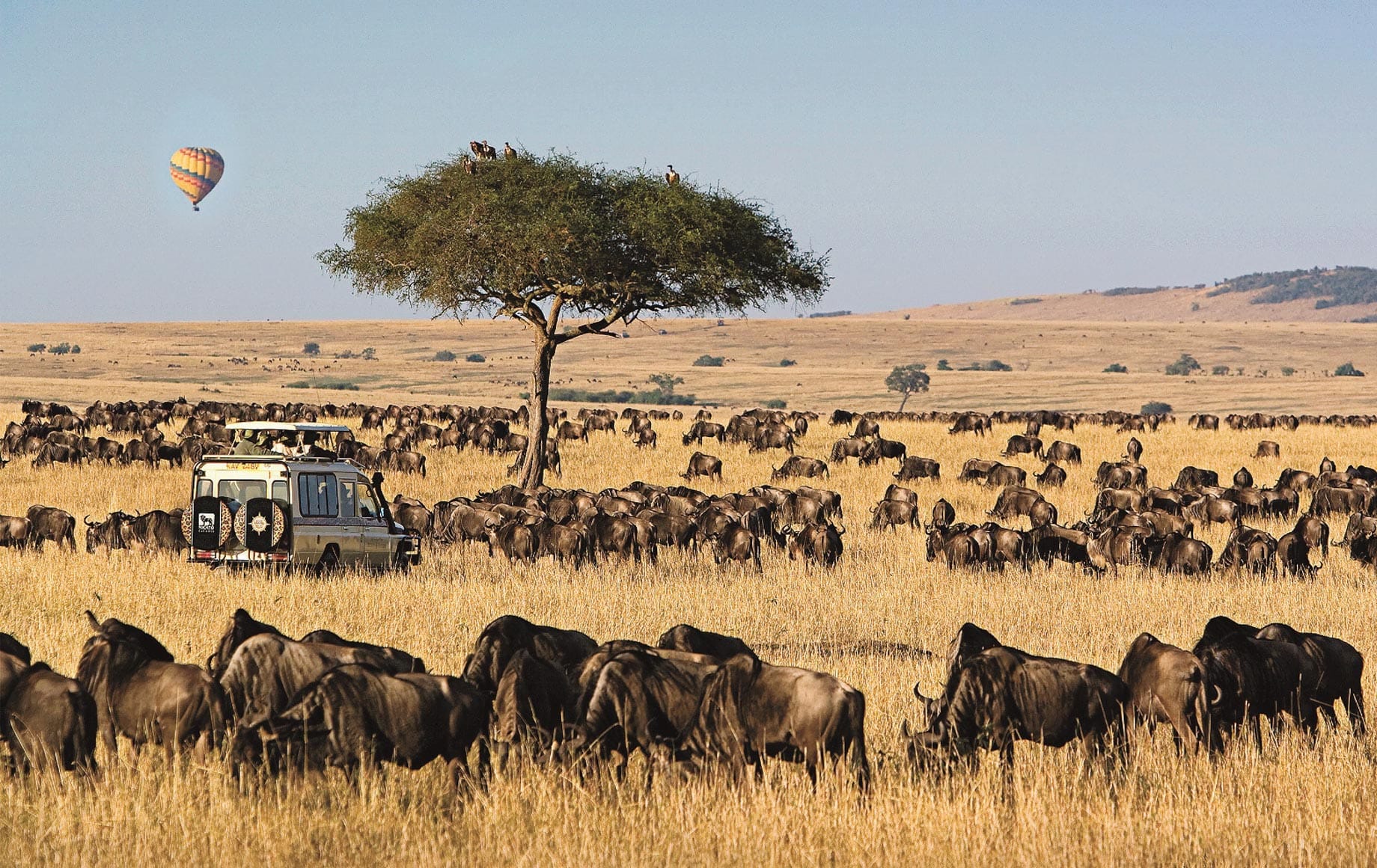What is the Best Park in Africa? Africa has long been a popular tourist destination, with a variety of attractions that draw visitors from both inside and beyond the continent. Each country in Africa has its own set of attractions, such as Egypt’s ancient civilization and monuments to the majestic pharaohs, such as the Great Pyramids of Giza, Morocco’s Atlas Mountain, the Moroccan desert and Sahara, Morocco’s wild beaches and azure coasts, Tanzania’s wildlife safaris and Mount Kilimanjaro, Kenya’s Maasai Mara game reserve, and Uganda’s vast number of species, including a The Bwindi Impenetrable National Park which has a population of mountain gorillas, the Mgahinga Gorilla National Park has gorillas and golden monkeys, and the Murchison Falls National Park has hippos, among other things.

Due to the abundance of attractions in Africa from various countries, most visitors who want to visit the continent are still perplexed as to where they should go first and end, and some have been asking themselves which is the best national park in Africa to make things easier and know where they should book first. In this post, we will discuss and explain which park in Africa is the greatest, as well as why it is the best, so that if you are looking for an African safari, you will have fewer confusion and problems when organizing your trip to Africa.

The world-famous Serengeti National Park, which is located in East Africa and is part of Tanzania’s northern safari circuit, is widely regarded as Africa’s best national park. On the Serengeti Plain in north-central Tanzania, the Serengeti is a national park and animal refuge. The park, which covers 5,700 square miles and is partly next to the Kenyan border and northwest of the bordering Ngorongoro Conservation Area, was established in 1951. It is most renowned for its massive herds of plains animals (particularly gnu [wildebeests], gazelles, and zebras), and it is the only area in Africa where gigantic land-animal migrations still occur. In 1981, the park was inscribed on the UNESCO World Heritage List as an international tourist attraction.
Why is the Serengeti the best national park in Africa?
The Serengeti National Park, Africa’s best national park and well-known around the world, offers many of the attractions and distinctiveness that make it Africa’s best park in terms of physical resources such as animals and vegetation, as well as tourist safaris. Tanzania has seen a surge in visitors, particularly during the dry season, which runs from June to November. The Serengeti national park, together with the Ngorongoro conservation area and the Kilimanjaro national park, contribute significantly to Tanzania’s revenue and economy because it is the country’s most visited park. The following are the top four reasons why the Serengeti is Africa’s best national park and the world’s most recognized park for tourist safaris.
The park has a greater number of wild animals.
The Serengeti national park, Africa’s best park, features practically all kinds of African wild animal species that may easily be viewed throughout your safari, making it Africa’s best park. The Serengeti hosts a spectacular diversity and number of species, including the Big Five (lion, leopard, elephant, buffalo, and black rhino) as well as giraffe, Grant’s gazelle, impala, kongoni, topi, and eland. There are over 1,300,000 gnus, 60,000 zebras, 150,000 gazelles, and a variety of other creatures in the area.

Apart from wild animals, the Serengeti national park is an African birder’s delight, with over 500 species, including a few Tanzanian endemics like Fischer’s lovebird, grey-breasted spur fowl, and rufous-tailed weaver. The Kori bustard, secretary bird, usambiro barbet, yellow-throated sandgrouse, grey-crested helmet shrike, and Hildebrant’s starling are among the other birding highlights in the Serengeti national park.
Great numbers of predators
This is another reason why the Serengeti is Africa’s best park. The Serengeti is known for its predators, and you can expect exceptional lion and cheetah sightings (and spectacular lion kills), as well as leopard sightings. Serval cats, golden and black-backed jackals, African wild dogs, and spotted hyenas are among the other predators. Predators may be easily spotted throughout the year, but the greatest time to observe them and see them in action is during the dry season, which is also the high season during the wildebeest migration, as many of them accompany the movement for easy hunting and food.
The great wildebeest migrations
This is yet another important and main feature in the Serengeti that has made the Serengeti National Park famous around the world and one of the best in the world. The Great Migration is the Serengeti’s wildlife’s crowning achievement: a yearly round movement of millions of wildebeest, zebra, and gazelles northwards into Kenya’s Maasai Mara National Reserve and back onto the Serengeti plains. Predators pick off their kills as the animals migrate in large groups, and the treacherous crossings of the vast Grumeti and Mara River provide dramatic displays of struggle and survival as animals battle powerful currents and attacks by massive Nile crocodiles.
The Serengeti’s unique landscape and vegetation.
The Serengeti National Park is Africa’s and the world’s most distinctive park, with a unique geography and vegetation cover that makes it Africa’s best national park. The wide savannahs and limitless grasslands of Serengeti National Park are well-known. The park’s northern area, particularly around Lobo, is hilly. Woodlands are common in this area. Broken savannah grasslands interspersed with acacia trees and whistling thorns make up the western section. Here are riverine forests, which are supported by the Grumeti River, which cuts through the area.
On a Tanzania safari, whether by game drive, balloon safari, or walking safari, the Serengeti infinite plain is made up of low bushes and foliage, making it easier to spot animals when on a game drive. The Serengeti National Park also contains several lovely kopjes that are unique to the park and are home to some of the park’s wild species, including lions, and it is the best place for lions to watch their prey.
Mana Pools national park in Zimbabwe, Mala Mala game reserve in South Africa, Okavango delta in Botswana, lower Zambezi national park in Zambia, Moremi Game Reserve in Botswana, South Luangwa national park in Zambia, Ngorongoro conservational area in Tanzania, Sabi Sand Game Reserve in South Africa, and Maasai Mara national reserve in Kenya are the other African best national parks after the Serengeti.
What is the best time to visit the Serengeti?
The Serengeti National Park is an all-year-round tourist destination, which means it can be visited at any time of year because each month or season has its own distinct characteristics. However, the best times to visit Serengeti National Park are during the dry season, which runs from January to February or June to September, when you will have a greater chance of getting more out of your visit because most tourist activities are well-organized and most of the park’s facilities are open.
For the big wildebeest migration, for example, winter is the ideal time to watch the herd in the Southern Serengeti, while summer and autumn are best spent in the Western Corridor and Northern Serengeti. Apart from the wildebeest migration, this is also the greatest time to see lions, gazelles, zebras, and other wild creatures in the Serengeti national park. Because the foliage is sparse at this time of year, game drives, walking safaris, and/or balloon safaris are more rewarding for wildlife viewing.

The wet season in the Serengeti is the finest time for birding because most migrating birds have arrived in the park, and the Serengeti habitats and vegetation are lush and green, providing a high possibility of seeing the actual Serengeti bush, as well as the best images.


